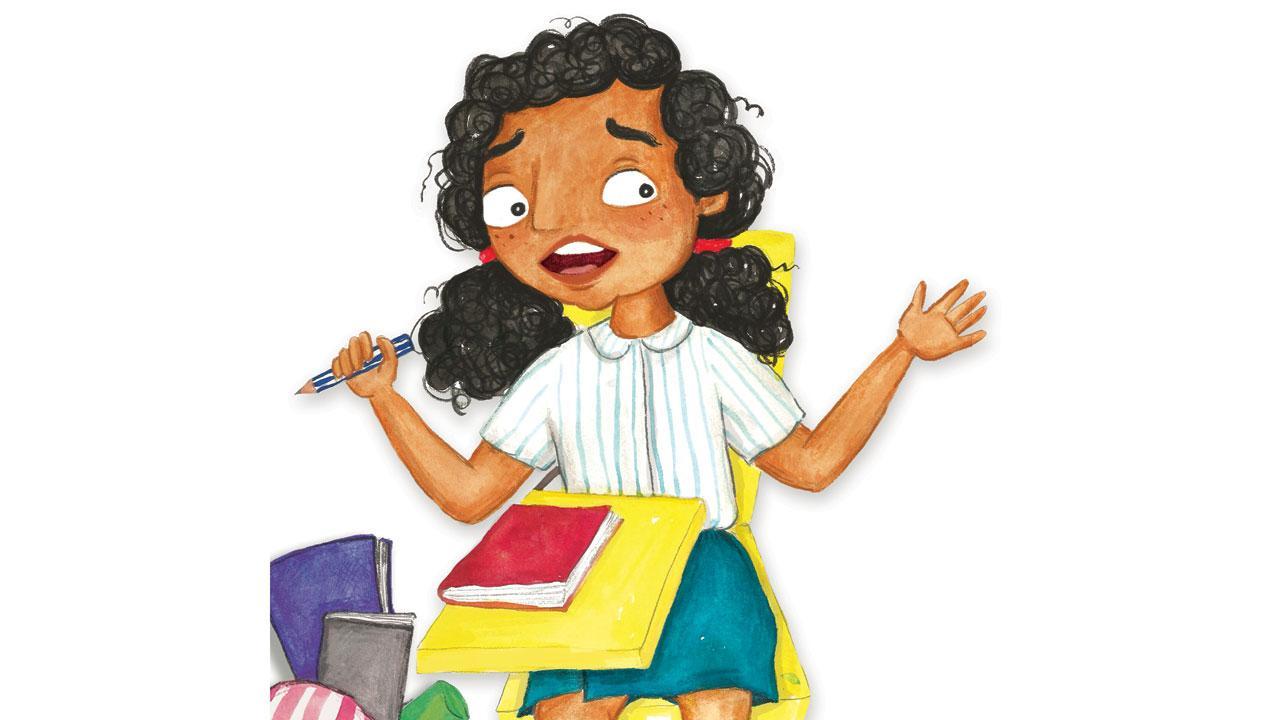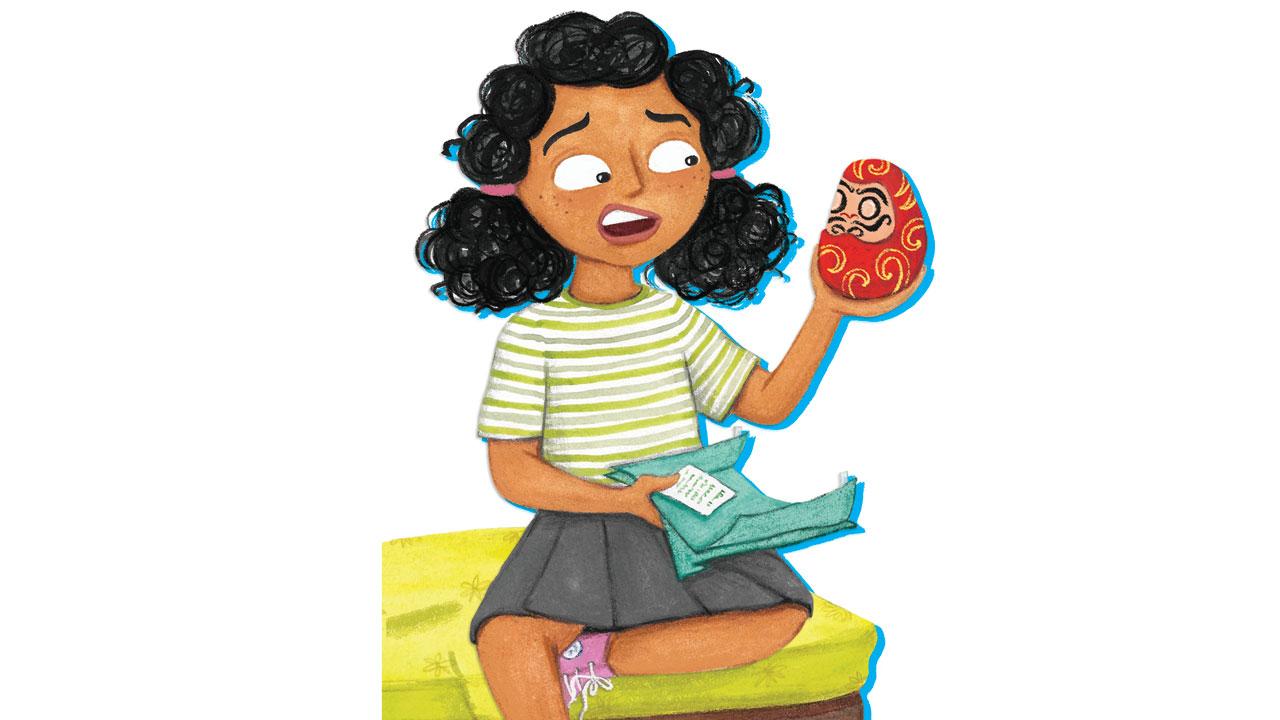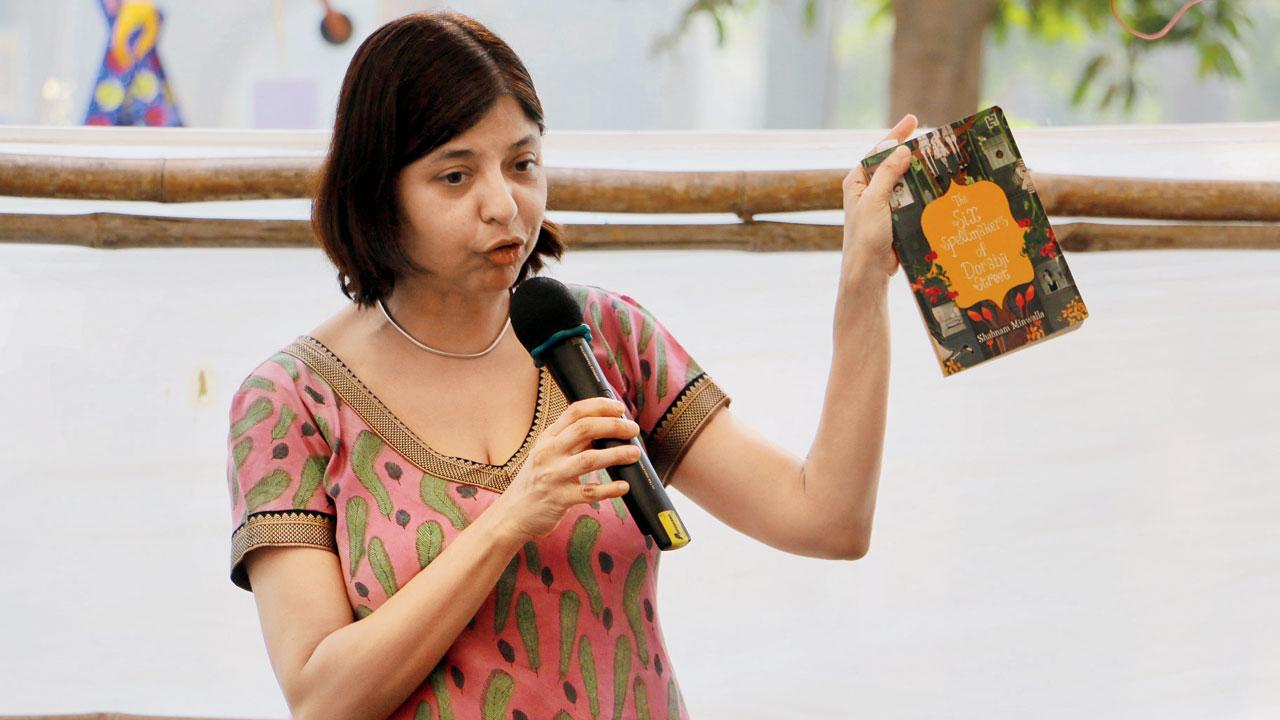Shabnam Minwalla’s beloved protagonist is back. As she blitzes through another adventure, the author discusses why relatable characters and plotlines for young readers are necessary in our times

Illustrations courtesy/Tanvi Bhat, Nimmi’s Crawful Camping Days, Shabnam Minwalla, Talking Cub (children’s imprint: Speaking Tiger)
How did Nimmi Daruwala become the protagonist of your series?
I remember the moment in 2017 when Nimmi Daruwala acquired shape and substance. I had just finished writing my first big book — a fantasy adventure set in Mumbai called What Maya Saw — and was giddy with freedom and relief. Sudeshna Shome Ghosh [who heads children’s books for Speaking Tiger], asked if I would take a crack at a middle-school series. I’d planned on taking a break from writing, but by the time I finished filling petrol in the car, returning books to the library and buying rubber bands, my head had been taken over by a schoolgirl with messy hair, a gigantic schoolbag and an overactive imagination. Nimmi lives in Cuffe Parade and attends a slightly experimental school called Vidya World School. From the beginning I was clear that — unlike some of my other protagonists who have special powers and are confronted with awful villains — Nimmi would be a regular schoolgirl and deal with everyday problems and joys. That, like all of us, she would make mistakes, do silly things, and lose on occasion. But, once again like all of us, she would win on occasion and find that things had unexpected ways of working out.
ADVERTISEMENT

What challenges do you face to ensure Nimmi’s character evolves organically over time?
Nimmi’s Crawful Camping Days (Talking Cub) is the fourth book in the series. This story begins on the first day of Grade 7 and Nimmi and her classmates are older, though not necessarily wiser. When writing a series of this kind, it’s always difficult to know how much background to supply in each book and whether to retain certain characters. Also, it feels risky to change beloved characters — but feels wrong to keep them static. In Camping Days, Nimmi and her classmates have grown up — as is apparent from the romance epidemic in the class; the increasing awareness of brands and make up; and the bitterly-contested Class Rep elections. In the first three books, she tumbles in and out of trouble, but in Camping Days she is more in control, and starts believing in herself. This is the book in which she finally lays her ghosts to rest.
What can readers expect in this book?
Booming Mr Bakshi, the principal of Vidya World School, is worried about the new Grade 7 because the last year was full of alarming, odd incidents. He decides to send the class on a team-building trip to a campsite on the outskirts of Mumbai. Unfortunately, the class lands up at the flooded campsite on the rainiest night of the year. Even more unfortunately, wild rumours are rife about bear attacks, serial-killers and vegetarian-hating cannibals. Nimmi is jumpy — especially when she finds herself stuck in a tent with Alisha, Sophia and Groaning Grishma. Her lumpy sleeping bag and overactive imagination keep her awake and she spends the night staring at the sagging tent, listening to the thunder, and deciding that life is ‘ghim’ and ‘grastly’. Then, at 4.47 am, life gets ‘ghimmer’ and ‘grastlier’. Tent No 5 gets busier than CSMT station at rush hour as all manner of beings wander into the tent. Bears? Massive rats? Serial killers? Nimmi has no idea. What should she do about these intruders? Nimmi has no clue.

Shabnam Minwalla
How do you ensure the content is relatable to the target group?
When I started writing the Nimmi series, my daughters were about as old as Nimmi. Countless ideas and incidents in the books came from our bedtime chats, during which they described the funny, scary, happy, sad incidents of the day. I saw the incidents through their eyes and, because of this, the Nimmi series has always been written from the point of view of a schoolgirl. The tone is light and funny rather than moralistic. And because the events in the book are often routine, they strike a chord. At book readings on this series in schools, children often stay back to tell me of how they too have faced similar situations in their lives. All of this makes me happy because I know that Nimmi has become the relatable character that I wanted her to be.
How do you ensure that Nimmi connects with readers not just from Juhu but also Jammu and Jorhat?
This is a challenge that every writer faces. Each character needs to be distinct, but at the same time relatable and true. Although Nimmi lives in a high-rise building in Mumbai and attends a school in Tardeo, the emotions she experiences and the challenges she faces are universal — and I hope this allows her to connect with readers across the country.
 Subscribe today by clicking the link and stay updated with the latest news!" Click here!
Subscribe today by clicking the link and stay updated with the latest news!" Click here!












